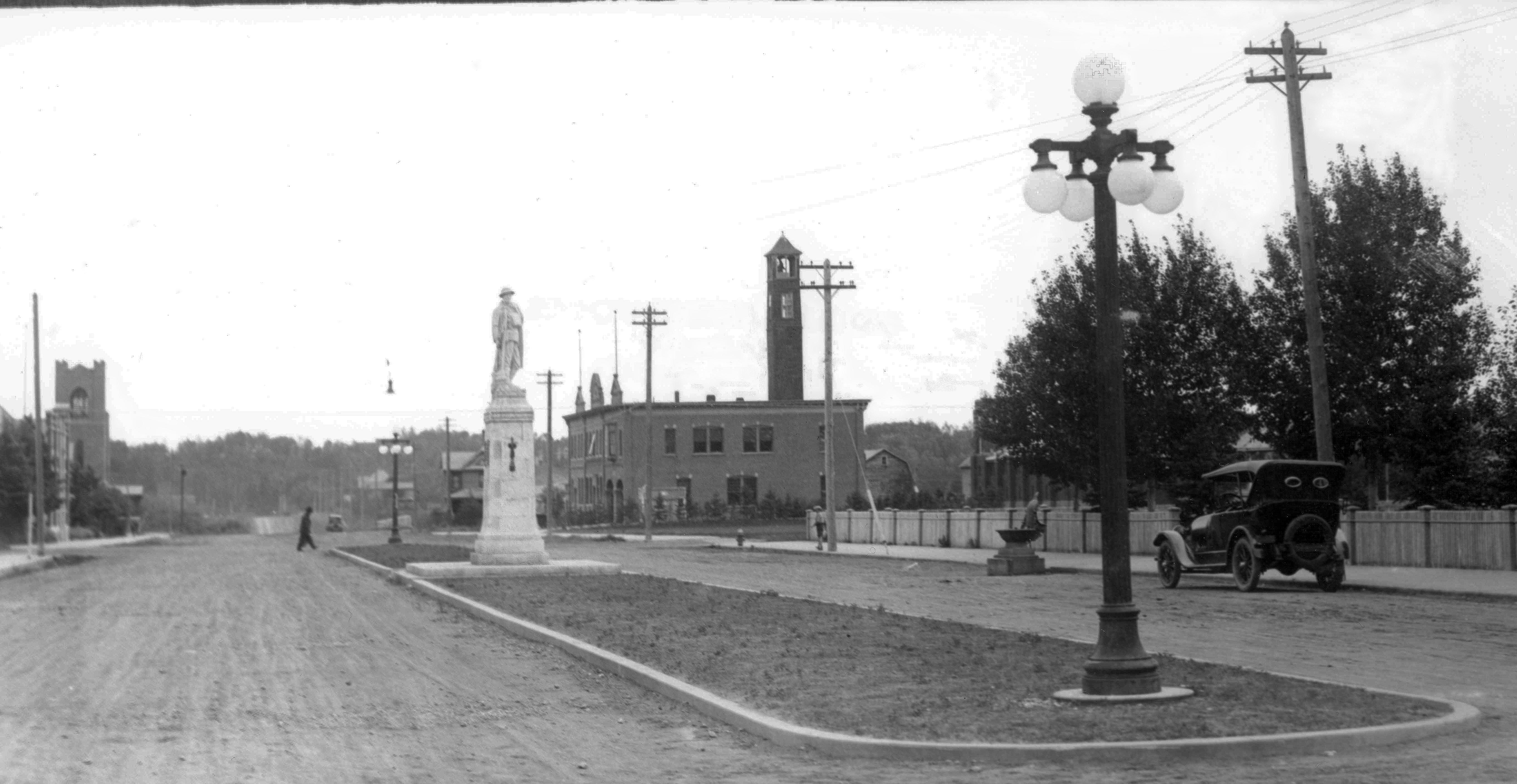Once again, people across Canada will be pausing on Nov. 11 to remember all those who served and all those who lost their lives in times of war and during peacekeeping operations in order that we might continue to enjoy freedom and peace.
A key symbol of this annual remembrance is the poppy. Poppies have long been associated with battlefields. Two hundred years ago, during the Napoleonic Wars of 1812-1814, people noticed how bright red poppies often sprang up in the churned up ground of the battlefields and overtop of the graves of the dead.
However, the international use of the poppy as a flower of remembrance has as its origins the poem, In Flanders Fields, which was written by a young Canadian doctor, Lieutenant Colonel John McCrae, on May 3, 1915 during the First World War.
McCrae was devastated by the death of a close friend, Alexis Helmer, during the terrible Second Battle of Ypres. During the funeral service, he was struck by the way that the poppies grew around the graves of the young soldiers. Consequently, he wrote his famous poem the next day, while sitting in the back of an ambulance.
The poem was published in the popular British magazine, Punch, in December 1915. It quickly became popular as a moving statement of both sacrifice and remembrance.
In November 1918, as the First World War was finally drawing to a close, an American Y.M.C.A. worker, Moina Michael, was inspired by McCrae’s poem to start a campaign to have the poppy adopted as a national symbol of remembrance. In 1920, a Frenchwoman, Anna Guerin, advanced Michael’s idea by proposing the sale of artificial poppies as a means of raising funds for orphans of the war and to assist with the restoration of the devastated areas of France and Flanders.
On Sept. 29, 1920, the American Legion endorsed the poppy as a national symbol of remembrance. On July 5, 1921 the Canadian Great War Veterans Association adopted the poppy as its flower of remembrance. It agreed to promote the wearing of the poppy on Armistice (Remembrance) Day. It also undertook to coordinate the sales of lapel poppies, for 10 cents each, with the funds going towards charitable assistance to veterans and their families.
The Canadian Government designated Monday Nov. 7, 1921 as a national holiday as both a day of Remembrance and as Thanksgiving Day. In Red Deer, the local G.W.V.A. coordinated the sale of the poppies with classes from the Red Deer Public School.
The G.W.V.A asked that people wear their “Flanders” poppies on the actual Armistice Day anniversary of Nov. 11. They also asked the poppies only be worn until sunset.
The poppy initiative went very well with some $170 worth of poppies being sold locally. It had similar success across Canada. In 1922, there were a couple of changes. The original silk poppies had been made by orphans in Northern France and Flanders. Now, they were to be made by disabled veterans in Canada, particularly those who were still hospitalized.
A decision was also made to have wreaths of poppies laid as a remembrance at the war memorials. There was a request by the G.W.V.A. that no wreathes be laid prior to the commencement of Armistice Day services.
Red Deer’s official community memorial, the Cenotaph, was unveiled on Sept. 15, 1922 by Canada’s Governor General, Lord Byng of Vimy. The first Armistice Day service at the Cenotaph took place on Nov. 11.
The bell on City Hall was rung at 11 a.m. to commence two minutes of silence. Bugler Pierre Lerouge, a veteran of the War, played the Last Post and Reveille. Wreaths were laid by the G.W.V.A., the G.W.V.A. Ladies Auxiliary, the I.O.D.E., the Orange Lodge, the public school and several family members of those who had lost their lives in the war.
Afterwards, a large number of veterans and members of the Militia gathered at the Armouries for a special reunion and evening of remembrance.



